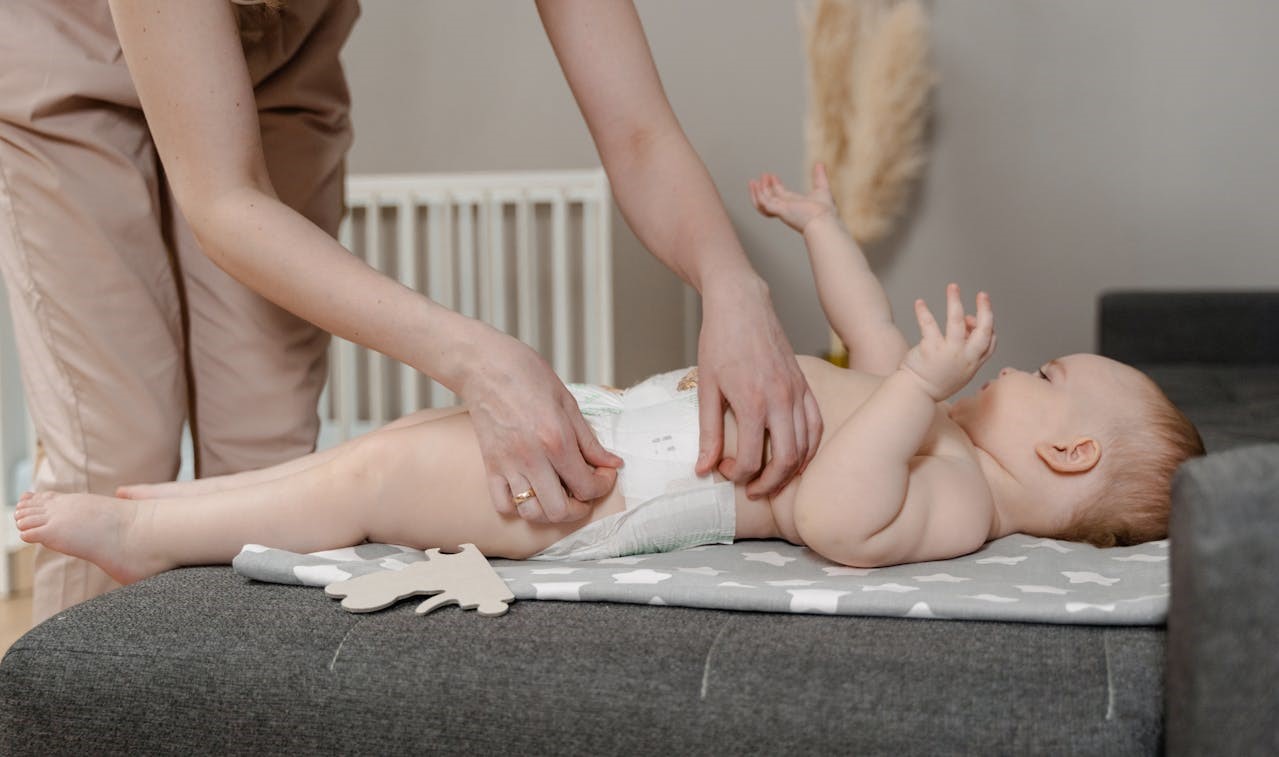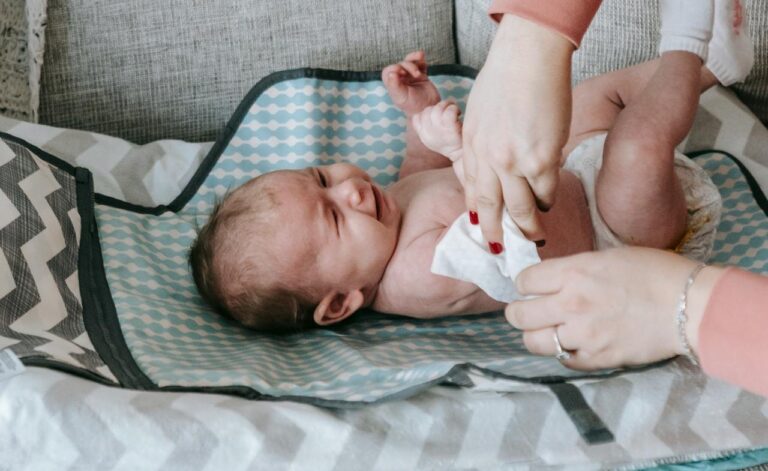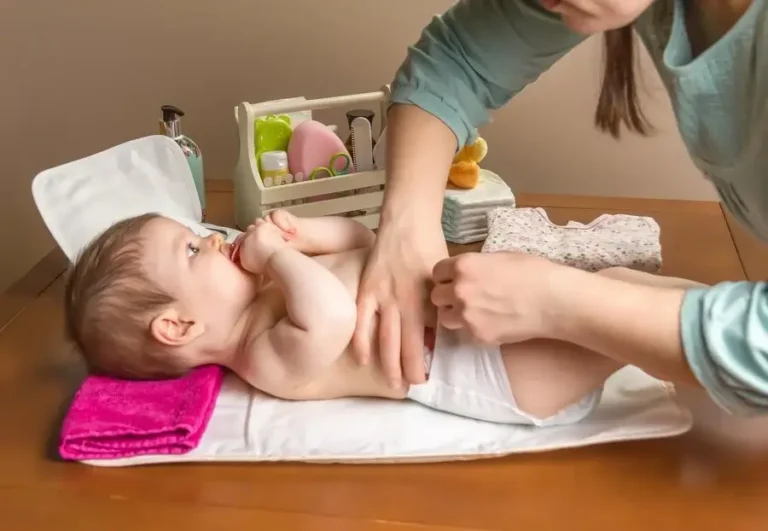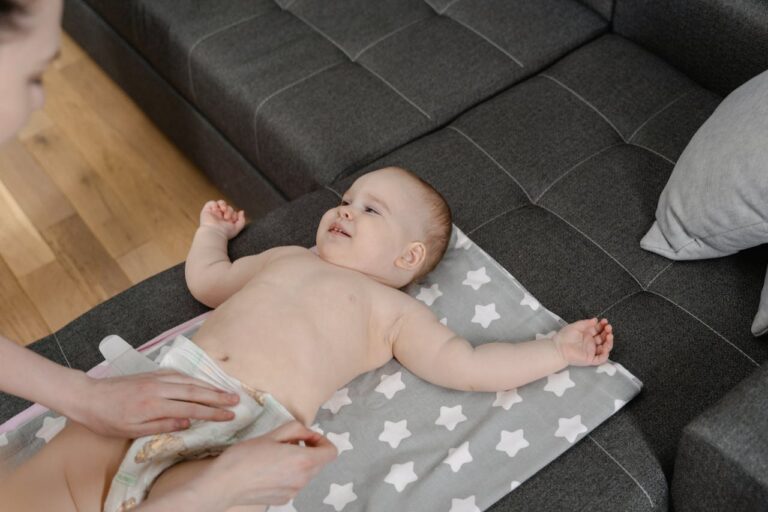How to Choose the Best Baby Changing Pad: A Parent’s Guide
Baby Changing Pads are essential for anyone welcoming a newborn. They often require careful consideration to find the right fit. They liberate the parent of a diaper’s burden by providing a comfortable, safe, and convenient station for change.
That is why understanding how to choose a baby changing pad suitable for you and your baby is crucial, especially since there are many varieties. This guide will ensure that you decide on the type of baby changing pad to purchase by highlighting an important feature and some factors for maintaining your changing pad.
Table of Contents
What to Look for in a Changing Pad?
Finding the best baby changing pad is not a simple case of choosing the one you prefer in appearance. Some important aspects include safety measures, dimensions, type of material, and additional options.
Knowledge of these will assist you in making the right decision regarding the type of baby changing pad that surrounds your life and needs.
Key Factors to Consider While Choosing the Best:
Safety:
Components like a safety harness, scoop, and non-slip footings.
Size:
The pad’s dimensions must come close to the size of the changing table or any other area where the pad is needed.
Material:
The comfort and durability of shoes depend on the material that is used.
Portability:
Portable ones are ideal when one is in mobility, while stationary ones are ideal when one needs to work in a more stable environment.
Size Matters: Finding the Right Dimensions
When selecting the surface size for a baby changing pad, it is important to find the right one to fit the available space and provide the baby with enough comfort.
Therefore, standard sizes would be adaptable to most changing tables, with existing standard sizes but with deviations for specific user requirements.
Material Options: Cotton, Foam, and More
Different materials used in a changing pad include comfort, durability, and how often it needs to be washed. Several materials have unique and typical benefits, and it helps to consider what you want and what you are willing to compromise on.
Cotton Changing Pads: Soft and Natural
Pros:
It is free from chemicals, soft, and allows air to flow through easily.
Cons:
These are not waterproof and usually extra covers or liners are needed.
Foam Changing Pads: Lightweight and Comfortable
Pros:
Compact, insulated, and in most cases, have protection designs.
Cons:
It is porous, which means it can also absorb liquids; cleaning them, therefore, can be a bit difficult.
Waterproof Options: Vinyl and Other Materials
Pros:
Usually, they have a non-slip base and are easy to clean.
Cons:
Can be somewhat less supple and less warm when it comes into contact with the skin.
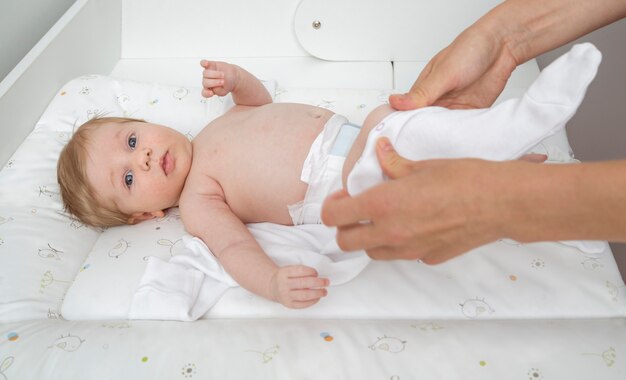
Portable vs. Stationary: Making the Right Choice
Choosing a portable baby changing pad or a stationary one depends on personal circumstances and needs, space, and frequency of travel.
Benefits of Portable Changing Pads:
Ideal for Travel:
The small size makes them very portable, and can easily be folded and placed in diaper bags.
Convenience:
Can be used in all places, including public places.
Advantages of Stationary Changing Pads:
Stability:
It is made specifically for use on a changing table as it is designed to remain in position.
Extra Features:
Sometimes furnished with safety straps and non-slip feet.
Essential Safety Features to Consider:
Another vital concern when selecting a changing pad is protection from dropping, overheating, or the likely possibility of a baby rolling off the pad. Search for extra accessories that will ensure safety during diaper changing.
Safety Straps: Added Security During Diaper Changes
Safety straps can also protect babies from rolling off the pad. They are particularly helpful for wriggly infants.
Non-Skid Bases: Preventing Slips and Falls
Process of putting it: The baby changing pad comes with a non-skid base to ensure that it doesn’t slip on a flat surface. This feature ensures that the pad does not shift in a way that was not expected.
Contoured Sides: Keeping Baby is Safe and Comfortable
Properly contoured sides give a sort of scoop in the centre of the pad, which ensures that the baby lies centrally and is well-centred. This design reduces the chances of the vehicle rolling off.
Additional Features and Accessories:
These features can add more value to a changing pad, especially if the user wants to change diapers in a different way than usual.
Changing Pad Covers and Liners: Keeping It Clean
This pad must have removable covers that will keep it clean. Its liner must also be removable. The other plan is to look for products that are ‘splash proof’ and those that can additionally be placed inside a washing machine for easy clean-up.
Storage Features: Pockets and Compartments
Many have additional pockets or shelves where baby wipes, diapers, and creams can be put.
Price vs. Quality: Finding the Right Balance
There is always the risk of either compromising on budget and quality or keeping good quality and a reasonable budget. Still, it’s better not to consider the lowest prices in this case, a high-quality changing pad is much safer and more comfortable.
Maintenance and Care Tips for Your Changing Pad:
It is important to observe proper maintenance as a way of maintaining the changing pad in the best possible state for as many years as possible. Follow these tips for different types of changing pads:
Regular Cleaning:
After use, clean the pad with a baby-safe cleaner, as this will reduce the chances of passing on diseases to the baby.
Machine-Washable Covers:
Covers should be washed frequently to enhance a clean environment.
Avoid Harsh Chemicals:
Tend to avoid harsh cleaners to minimize damaging your fabrics and materials.
FAQ’s About Baby Changing Pads:
Conclusion: Final Thoughts on Changing Pads
Selecting the right baby changing pad requires identifying what is needed and what is desired regarding size, material, and safety factors concerning the changing table or pad. This guide on selecting the best baby changing pad enables one to make the correct decision, thus ensuring the comfort and safety of the baby. Always keep quality in mind, and try not to overpay; instead, choose companies with good-quality products.

